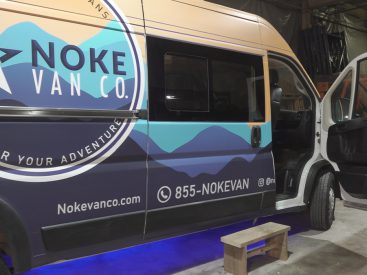Image: © freshidea/Stock.adobe.com Camunda CEO Jakob Freund makes the case for gradual, incremental digital transformation and automation so that businesses can avoid costly and unwieldy service disruptions for customers and employees. If you feel a renewed sense of urgency around legacy modernisation in the air, you’re not alone. Anyone paying attention to the infamous holiday flight cancellations in the US last December saw a legacy tech meltdown on full display. These types of customer experience disruptions can cause major reputational damage and revenue loss. Yet, they happen daily across every industry, including financial services, healthcare, retail, manufacturing and more. Many companies mistakenly think that ripping and replacing their legacy technology systems is the only solution to digital transformation. While an all-at-once modernisation effort certainly works, gradual digital transformation is far more cost-effective, less disruptive to the business and leads to better outcomes. Why? As an example, more than 800bn lines of COBOL code run on mainframe systems in production today. Imagine how disruptive it would be if these systems were upgraded all at once and taken offline entirely? However, keeping COBOL technology in place forever may not be an option. The programming language was developed in 1959 and the […]
Click here to view original web page at www.siliconrepublic.com



